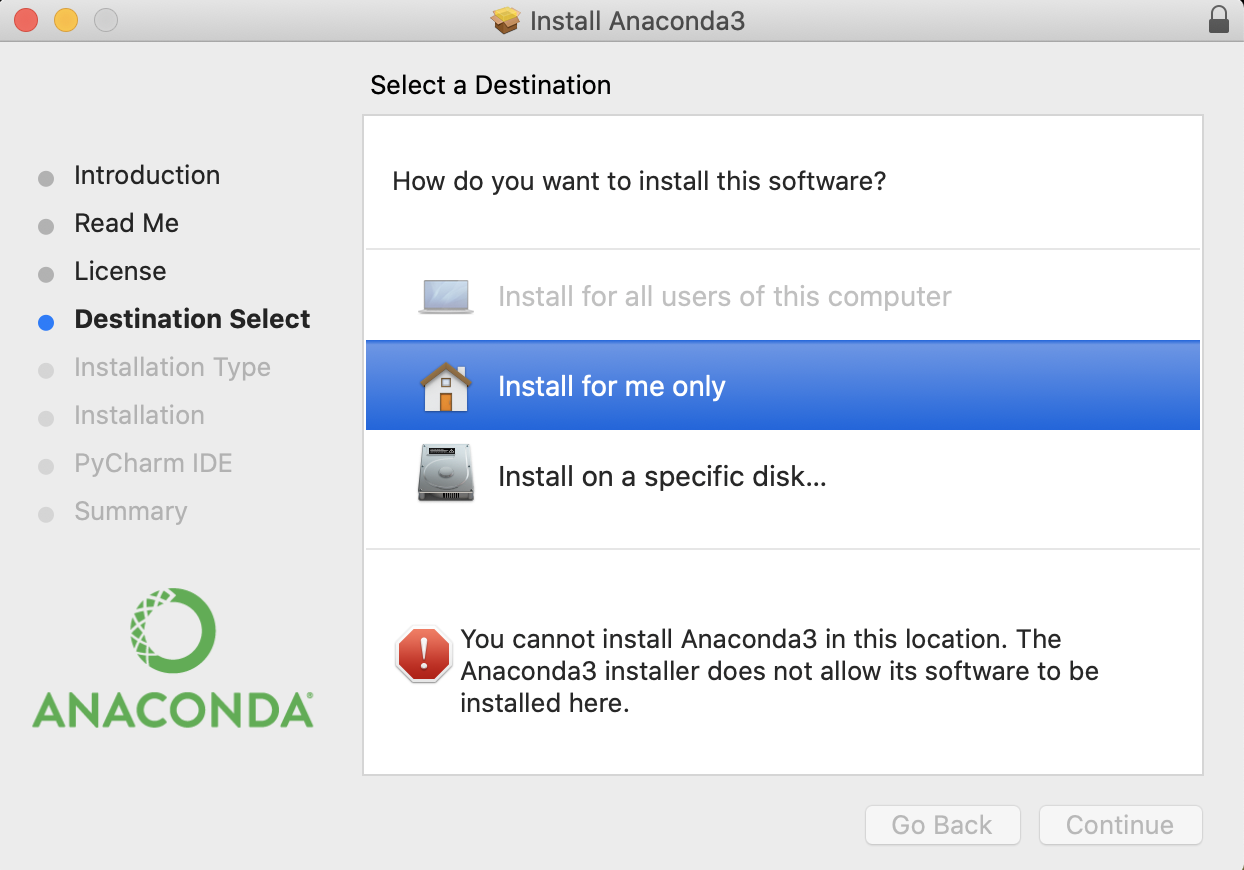Maria Campbell provides a post on installing the latest version of Python on Mac OS Catalina and overriding the old default pre-installed version. And it even uses Homebrew and not some gnarly steps.
Note: macOS Catalina includes Python3 by default. The most recent version is 3.7.3! $ xcrun python3 Python 3.7.3 (default, Mar 6 2020, 22:34:30). Maria Campbell provides a post on installing the latest version of Python on Mac OS Catalina and overriding the old default pre-installed version. And it even uses Homebrew and not some gnarly steps. I finally did it. I successfully installed Python version 3.7.7 via Homebrew on my Mac laptop with OS Catalina installed. In this video, I walk you through the process of installing Python 3 and properly setting it up so that it becomes the default instead of the System Python 2. Installing Python on Mac OS X Catalina Posted by bernard 11 November 2020 11 November 2020 (This is a reminder to myself, and maybe a help for someone else who might be in the same situation as me.
I finally did it. I successfully installed Python version 3.7.7 via Homebrew on my Maclaptop with OS Catalinainstalled.
For those of you that still might be trying to figure out how to do this, I will walk you through.

The reason why I was eager to make sure that I had the latest version installed was because I am working on publishing (open-source) teaching-related documentation on Read The Docs, and I need to have Python installed in order to be able to install the programs necessary to publish there.

The default 2.7.17 version of Python was retired this past January 2020. I had tried back then to replace it with Python 3+, but was unsuccessful at the time.
They key appears to be also adding the following at the bottom of the .zshrc file to update the path to the newly installed version of Python via Homebrew:


See all the steps in the blog post here and podcast here.
Pip broken under Mac OS X Catalina? TLDR;

pip install --global-option=build_ext --global-option='-I/Library/Developer/CommandLineTools/SDKs/MacOSX.sdk/usr/include/' --global-option='-L/Library/Developer/CommandLineTools/SDKs/MacOSX.sdk/usr/lib/' --prefer-binary -r requirements.txt
As Apple has announced, Mac OS Catalina now runs under its own read only file system:
macOS Catalina runs on a dedicated, read-only system volume called Macintosh HD. This volume is completely separate from all other data to help prevent the accidental overwriting of critical operating system files. [1]
Sounds great. But if you need to change that volume, or if you use software that expects to be able to find files on that read only volume that aren't there and can't be added, you're kind of stuck.
Catalina Python3 インストール
One example is Python's pip which, for some packages, will expect to find header files located in /usr/include. Apple gave developers a get-out-of-jail-free card in Mojave:
As a workaround, an extra package is provided which will install the headers to the base system. In a future release, this package will no longer be provided. [2]
and in true Apple fashion, the package was taken away. This creates problems if you want to install commonly used, but maybe not so commonly maintained, libraries. One example is Pillow, an image processing library. This will well and truly fail to compile if you just try pip install Pillow. It looks for the headers and libraries, and doesn't find them.
What can we do? Well, for pip there's a few options. The first is simply not to compile at all, but to prefer a binary. This is as simple in some cases as the --prefer-binary option. Bamini plain tamil font free download. But what if, like Pillow, there is no precompiled binary for your platform? Or for reasons of information security, you have to compile it yourself?
Fortunately, pip can be directed to look in different places using the 'global-options' flag. To get Pillow to build, use the command at the top of this article, reproduced below:
pip install --global-option=build_ext --global-option='-I/Library/Developer/CommandLineTools/SDKs/MacOSX.sdk/usr/include/' --global-option='-L/Library/Developer/CommandLineTools/SDKs/MacOSX.sdk/usr/lib/' --prefer-binary -r requirements.txt
Catalina Python3 Default
To understand this more fully, take a look at https://stackoverflow.com/questions/18783390/python-pip-specify-a-library-directory-and-an-include-directory.
If you need to do a similar function as part of other install tools, common environment variables are LD_LIBRARY_PATH (deprecated[3], but still commonly used), LIBRARY_PATH and INCLUDE_PATH. Setting these to the library paths (/Library .. /usr/lib) and include paths (/Library .. /usr/include) respectively may help.
Catalina Python 3 Tutorial
[1]https://support.apple.com/en-gb/HT210650
[2]https://developer.apple.com/documentation/xcode_release_notes/xcode_10_release_notes#3035624
[3]https://stackoverflow.com/questions/18241517/c-include-path-vs-ld-library-path